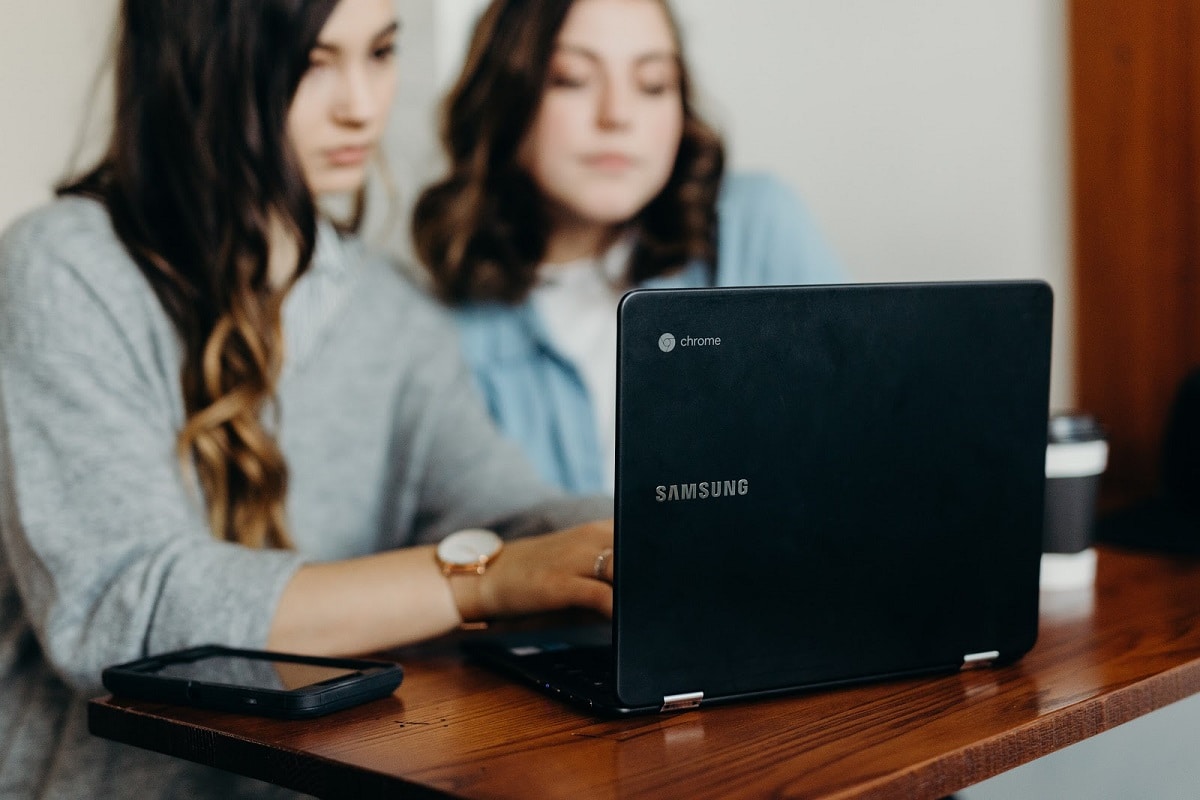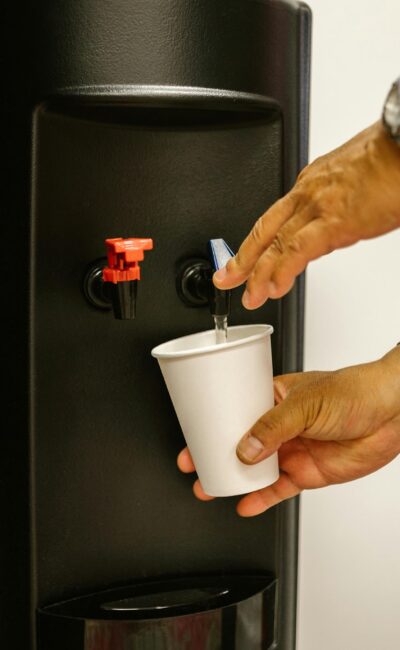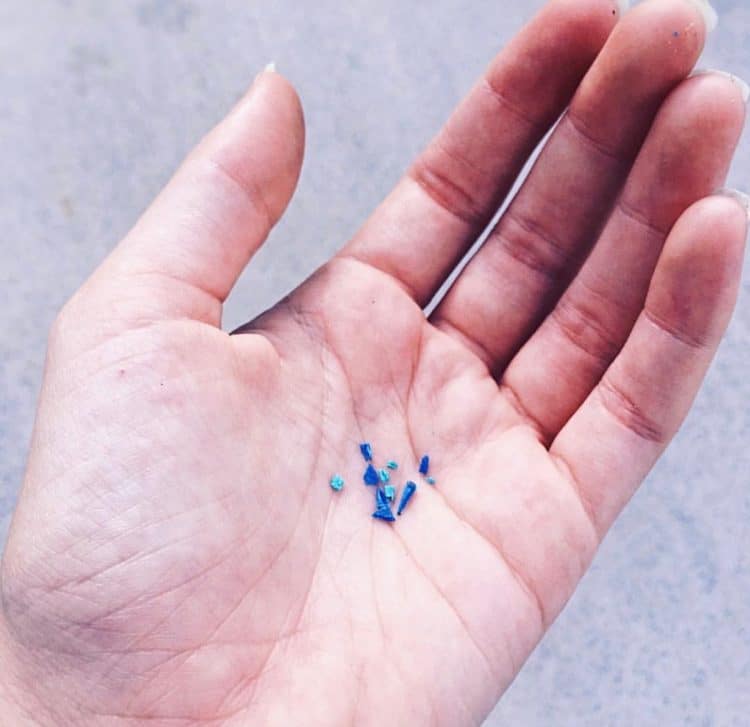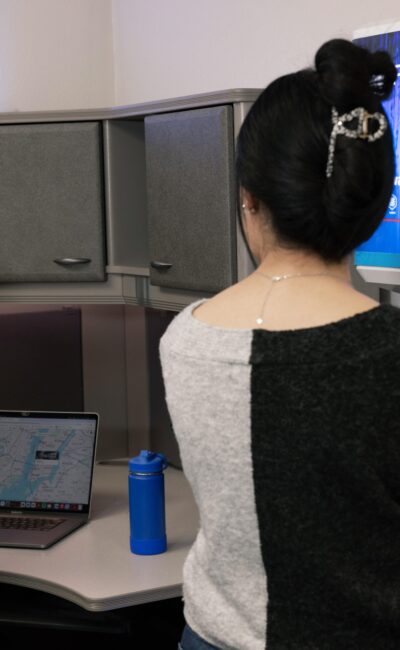Since the coronavirus has hit the U.S., schools across the nation have shut down and been forced to continue online for the rest of the school year. Though some have projected open dates for mid-April, most others have remained largely uncertain. When they get the green light to proceed with allowing students back into schools, there are still a number of precautions to take to keep them healthy during this time.
Normal hygienic activities, like washing hands and using hand sanitizer, will always be in place. But there will be higher cleaning protocols and social distancing that will need to take place. Additionally, having access to essentials like clean water is key for all students, especially those who rely on getting this essential resource when at school. While nothing is running at its normal rate or schedule, finding the areas where it can be found makes a difference amidst this outbreak.
Student hydration and nutrition must be monitored. If schools can provide this for them, it can create a sense of normalcy if and when the doors open again. If you’re wondering how to keep students healthy, it involves focusing on what can be done to benefit them and help them adapt successfully.
Their essential needs must be taken care of first and foremost and that’s making sure they get enough food, water, and a good night’s sleep. These are balanced with the need to continue learning and development as part of their school curriculum, but also for the changes they’re now facing.
Staying informed and engaged is crucial for school administrators, parents, and students in order to stay healthy. What can schools and parents actively do? They can:
- Continue to provide daily meals
- Maintain a routine
- Communicate often and effectively
- Follow safety regulations
- Offer a list of a free resources
Each of these efforts are things we can control and will make a difference in a student’s life.
Continue to Provide Daily Meals
Schools provide more to students than the opportunity to learn. Many rely on their school for meals as well. An increasing number of grade schools and high schools across the country are providing grab-and-go breakfasts and lunches for students who rely on these. Setting up stations where parents and children can still practice social distancing but receive daily nutrition where they otherwise may go without is crucial.
Having access to fresh, purified water is equally essential during this time as well. Setting up a FloWater Refill Station gives families an opportunity to fill up water containers with fresh water to take home and use when supplies are scarce, at least temporarily. FloWater’s filtration removes viruses, bacteria, and other contaminants from tap water. It can fill any size of container within seconds, which means people do not have to wait in line or worry about a crowd assembling waiting to fill up.
Now more than ever, it’s important that kids have a place where they can get regular meals and clean water even when days are largely spent at home with their families. In the future, when schools open again, having FloWater’s water bottle water fountains prevents the need for kids to rely on single-use plastic bottles to drink water and it encourages them to stay hydrated since it’s readily available. Promoting hydration in a way that’s healthy for students and the environment is a wise investment both now and in the future.
To find out if there is Coronavirus in water, read our blog here.
Maintain a Routine
As difficult as it may be for teachers and parents to maintain a routine for their children during these trying times, maintaining a sense of normalcy is key, especially among younger students. Their lives are dictated by the habits they create and stepping outside of these too much can create challenges later on in life.
This routine includes waking up at a certain time each day, learning either through online studies or homeschooling activities, breaks to spend outdoors or a quick recess of indoor play, and lunch. Then, continuing this schedule into the afternoon and evening. The structure itself will help to maintain a sense of calm for all involved. Plus, it will set up students for success once they return to schools in full force.
Additionally, it’ll help to keep the body’s natural circadian rhythm in check so they’re not awake when they should be sleeping and vice-versa. Maintaining regular hours of continuous sleep is crucial for their physical and mental health. Although there has to be flexibility these days in order to adapt well, setting up loose guidelines to follow creates a structural foundation. A balance of learning, recess, mealtime, and rest is the core of how the flow should be for now.
Communicate Often and Effectively
Through the immediacy of social media and online chatter, students have access to information from every aspect. However, not all of it is accurate and it may be causing rising anxiety in children of all ages. Make sure you are communicating often with students based on instruction from reputable resources including your own school district administrators.
Respond calmly when kids ask questions and give them as much information as possible with regards to what they need to know to stay safe and healthy. During extended time at home, limit the use of electronics. This may be challenging in the wake of social distancing, but institute family game nights, arts and crafts projects, and regular time spent together in the backyard or walking around the neighborhood.
Children pick up on cues from adults and when information is not shared, they draw their own conclusions. This often instills unwarranted concern and fear. The situation is uncertain, which means that all we can do is focus on what’s necessary for today and what puts everyone in the best situation for their health and wellness. That includes regular talks with kids about how they’re feeling and giving them space to communicate their needs to you as well.
Follow CDC and WHO Safety Recommendations
The key messaging from the CDC and WHO is to keep everything as clean and sanitized as possible and limit any group gatherings through the practice of social distancing. For school administrators, WHO recommends:
- Promoting and demonstrating regular hand washing and positive sanitizing
- Cleaning and disinfecting school buildings, especially water and sanitation facilities and surfaces daily
- Increasing airflow and ventilation as the climate allows
- Ensuring the daily removal and disposal of trash
Both administrators and parents are asked to monitor children’s health and keep them at home if they are ill. Also, teaching young students how to cover their coughs and sneezes with the elbow to practice good habits.
Most schools now have already canceled large events and gatherings, but reiterate this among students who want to hang out with their friends. Although there are no organized extracurriculars, it’s best to stay at home and not be tempted to assemble even in smaller groups.
School is a learning environment, but it’s also where students socialize. This transition will be hard for them to adjust to but reinforcement is necessary in order to prevent coronavirus from continuing to spread and infect others. Instituting specific breaks to allow them to feel like kids will help to temper these highly stressful and unorthodox times.
Offer a List of Free Resources for Study and Play
Schools, libraries, and various online teaching portals are offering parents and students free resources to continue at-home study and activities. Most libraries are closed, but they are still offering online resources and digital copies of books.
For school districts that have switched their teachings to digital learning, having additional reading material or study guides available are helpful since in-person assistance is currently not available. If possible, holding one-on-one student check-ins or coordinating online study groups may also be a good way to keep students engaged.
For grade school students, they’ll require a constant stream of play to complement their studies. Parenting and homeschooling resources provide an endless number of ways to engage kids in both. Whether that’s cooking together, doing art projects, or reading aloud, there are creative ways for teachers and parents to help guide kids during this time as well as keep them entertained. Also, looking for new ways to engage in physical activity and exercise will help to break up the day and keep their bodies and minds healthy and alert.
Supporting Students and Each Other
The changes that are occurring are happening rapidly and often without warning. Students are looking to teachers and parents for guidance. By implementing healthy habits, it helps them to have a sense of structure. There are no hard and fast rules for how to handle the coronavirus outside of what officials recommend, but continuing communication and support will always be part of the solution.
Once schools are able to resume regular hours in classrooms, it will still take stringent protocols to ensure the health and safety for students for the long haul. Keeping them hydrated and fed is as important as ensuring they have a routine to follow. It can feel overwhelming when thinking about how to keep students healthy during coronavirus, but it’s a collective effort. Everyone working together will help it feel safer going forward.
Sources:
- https://www.who.int/docs/default-source/coronaviruse/key-messages-and-actions-for-covid-19-prevention-and-control-in-schools-march-2020.pdf?sfvrsn=baf81d52_4;
- https://www.cdc.gov/coronavirus/2019-ncov/community/schools-childcare/index.html;




